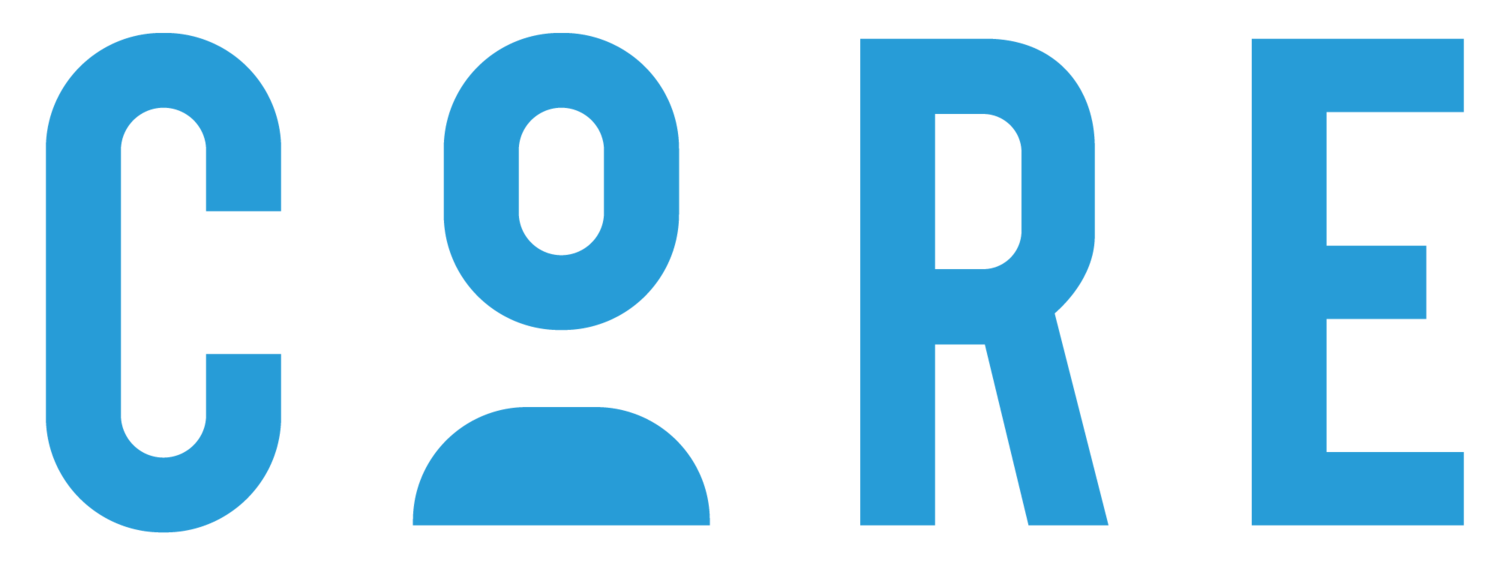Geneva Trading Backup Site
Topic 8 - Groups & Meetings
As we ratchet up the number of people, groups form. Group dynamics can feel complex and hard to align, so we will deepen our toolkit to make group dynamics and meetings more cohesive, efficient, intelligent, and impactful.
LEARNING OBJECTIVES
Understand that groups are about topics, not just people
Commit to the key inputs that make group dynamics and meetings significantly better
Learn how to have 9 key meeting types well
Learn how to prime meetings so they are more aligned and effective
Learn how to diagnose the specific barriers to decision quality and help a group make better decisions
WHAT THIS WILL HELP YOU DO
Feel as though meetings and all group interactions become more efficient and productive
Ensure the team is aligned, interacting better, and making better decisions
Reduce the number of meetings and length of meetings as you become more efficient
The 9 Topic Types You’ll Frequently face
Each type of meeting is a unique type of test of the group’s ability.
Priming
If we can get meetings off on the right foot, we maximize the probability of success.
Making Great decisions
Most meetings will include decision making. There is a simple framework for making great decisions and clarifying what the group needs most to improve the quality of decisions in real time.
Journaling and To-Do List:
Groups are about topics, not just the people in the group. How did you react to this? Have you seen any patterns in recent meetings where this was an issue?
How did you react to Abstraction, Complex Contribution, and Global Maxima? Are you comfortable making all of those a part of your group interactions? What are the most important phenomena for us to improve?
Which of the 9 topics (or others) are you and the team best / worst at? What specific parts of the meeting type do you most need to improve?
How frequently do you do priming? What are the most critical purposes and principles for you to communicate in priming? These should address the most important patterns to start or stop in meetings.
What is your strongest and weakest part of the OODA loop? What does the team need to improve?

